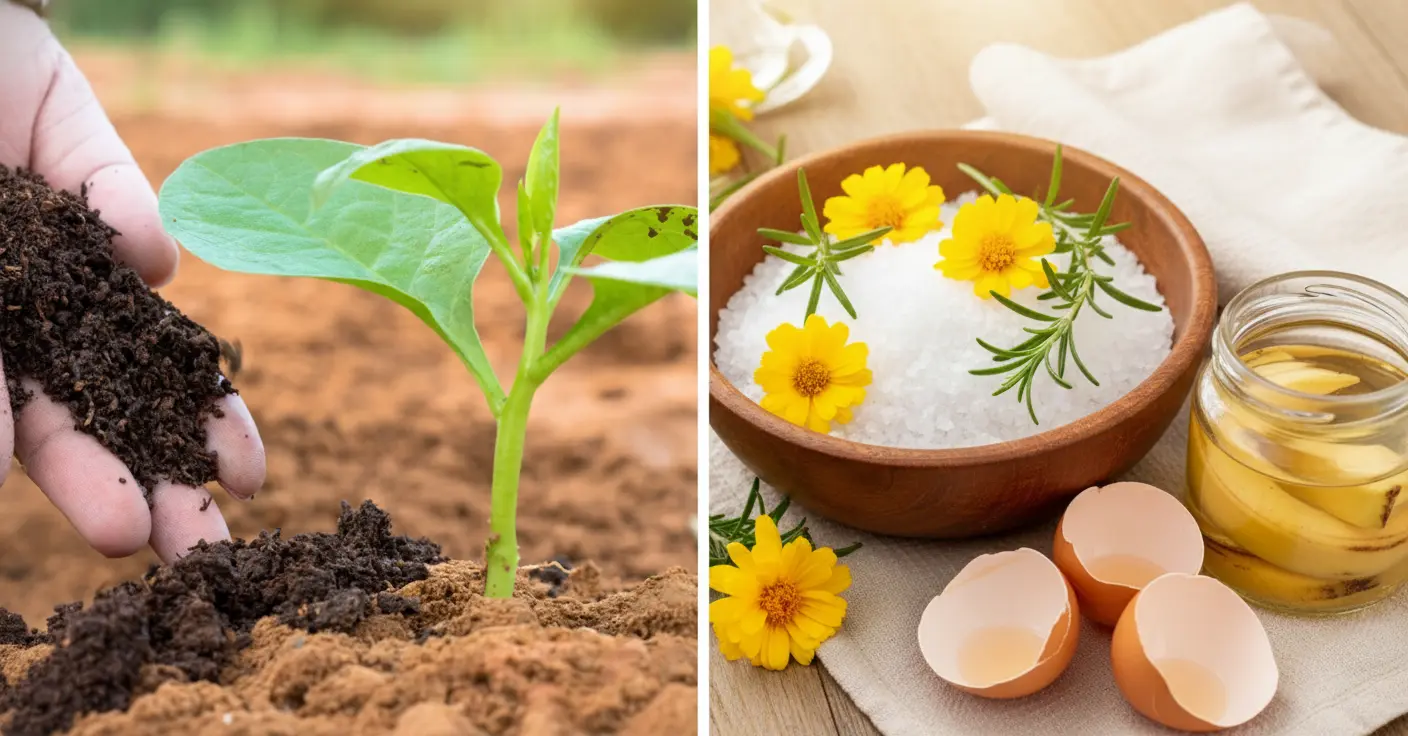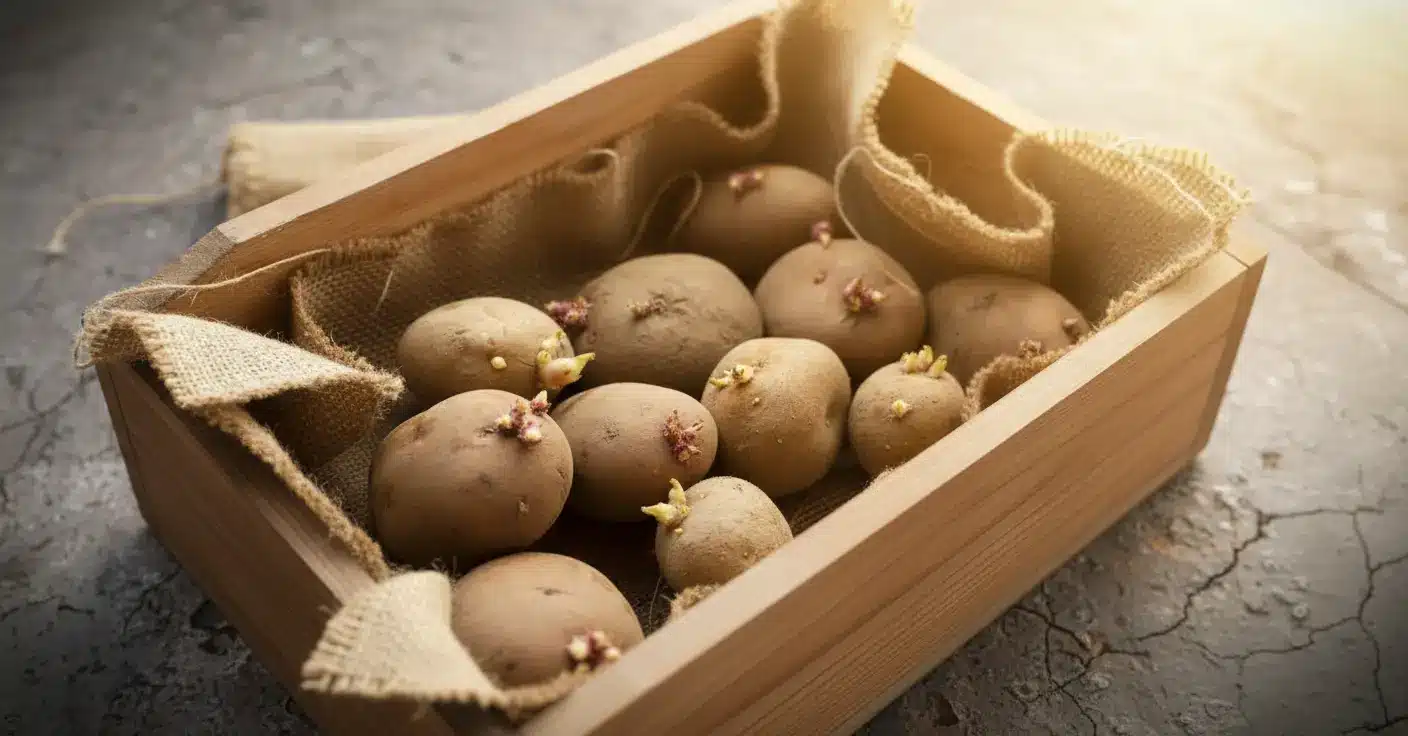Hidden beneath tangled undergrowth and even in the corners of our own gardens, nature silently offers up treasures to those who have the eye—and appetite—to spot them. One such culinary gem lies right at our feet, quietly waiting to be noticed, yet for most people, it might as well be invisible. Ready to discover the leafy gold you’re probably walking past?
The Culinary Treasure Few Recognize
It’s often mistaken for an ordinary weed, trampled underfoot or pulled up without a second thought. Only true connoisseurs and experts have learned to pause, to stoop, and to look closer at what is really peeking through the spring soil. We’re talking about wild hop shoots—a delicacy so rare that its value can climb up to €1,000 per kilogram in culinary circles. Yes, you read that right—your local wild patch could be hiding something even more valuable than many of the expensive foods you’ll find at the market.
In Belgium, where these shoots are affectionately known as « the truffles of the North, » they’re a cherished ingredient on the most prestigious tables. The flavor? Imagine a hint of bitterness mingling with a subtle, nutty undertone to create something unique and refined. Frying them in butter is the method of choice—because everything’s better with a little butter, even leafy treasures.
Why Are Wild Hop Shoots So Special?
The world’s love affair with hop flowers for beer is well-known, but their shoots are what truly make gourmet hearts skip a beat. These sprouts emerge with the first rays of spring, much like asparagus. But unlike asparagus, these wild hop shoots are incredibly delicate and hard to come by. The rarity and the unique flavor profile make them one of the most sought-after—and expensive—vegetables worldwide.
What’s particularly fascinating is how the general public overlooks them entirely—only trained eyes give them the attention, combing through the undergrowth where these shoots, mere grams in weight, tease from the dirt. The few who do savor them appreciate them all the more for their scarcity, while most people pass them by, not realizing nature is offering up such pricey greens. The shoots themselves are so prized primarily because:
- Only the first three centimeters are edible; the rest quickly becomes too woody to be enjoyed.
- Each shoot weighs around a single gram, making the harvesting process extremely labor-intensive.
- Just a handful of dedicated producers in regions like Bavaria, Belgium, and Alsace cultivate them commercially, further contributing to their exclusivity and price.
The Labor of Love: Harvesting Hidden Gold
The journey from forest floor to plate is not for the faint-hearted or the impatient. Finding these precious shoots is equal parts adventure and art. They blend seamlessly into the shades of green and white around them, making their discovery a true test of skill. Harvesting involves gently peeling back leaves to reveal the tender shoots hidden beneath, a process requiring the kind of delicate touch that would impress even the most fastidious pastry chef. And, if you’re hoping to find them again next spring, you’ll need to remember the location of last year’s hop flowers—a memory game worthy of any seasoned forager.
This combination of rarity, labor demands, and fleeting season explains why their price can soar to such dizzying heights. It’s not just the ingredient itself that you’re paying for, but the expertise and time invested in bringing it to the table.
Look Down—You Might Be Stepping on a Treasure
Next time you wander through a forest or even your own backyard, take a moment to pause and see beyond the obvious. That patch of undergrowth, which you may have dismissed as plain old thicket or brush, could be hiding something more precious than you’ve ever imagined. Wild hop shoots are proof that nature’s culinary wonders aren’t always found in the pages of a menu; sometimes, they’re brushing right past your ankles. They remind us that in the natural world, every flavor—however rare—has its own story and place of honor.
So, slow your step, keep your eyes peeled, and respect those humble green stalks—you might just stumble upon a delicacy fit for the world’s most prestigious tables. Bon appétit—or perhaps, as they say in Belgium, time to taste the truffles of the North!

John is a curious mind who loves to write about diverse topics. Passionate about sharing his thoughts and perspectives, he enjoys sparking conversations and encouraging discovery. For him, every subject is an invitation to discuss and learn.






